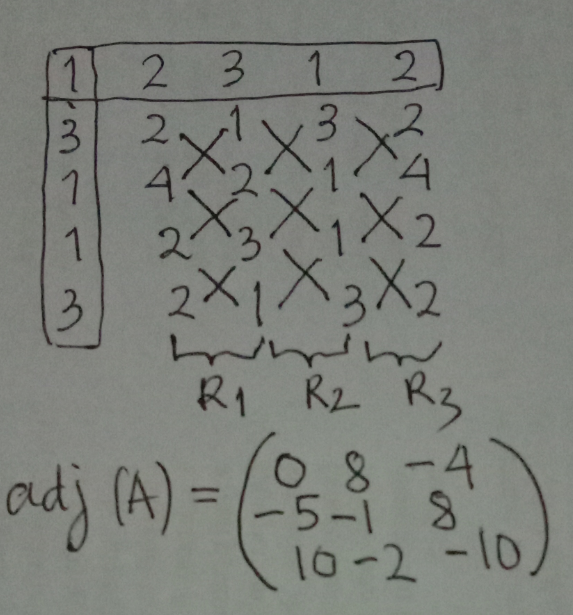
AllQuestion and Answers: Page 1223
Question Number 93546 Answers: 0 Comments: 13
Question Number 93540 Answers: 0 Comments: 7

Question Number 93720 Answers: 0 Comments: 2
Question Number 93534 Answers: 1 Comments: 0
Question Number 93530 Answers: 0 Comments: 4
Question Number 93513 Answers: 1 Comments: 0
Question Number 93509 Answers: 0 Comments: 5
Question Number 93505 Answers: 0 Comments: 0
Question Number 93512 Answers: 0 Comments: 2
Question Number 93510 Answers: 0 Comments: 1
$${y}^{'} −{y}.\mathrm{tan}\:{x}+{y}^{\mathrm{2}} \mathrm{cos}\:{x}=\mathrm{0} \\ $$
Question Number 93493 Answers: 0 Comments: 4

Question Number 93484 Answers: 0 Comments: 2
Question Number 93483 Answers: 0 Comments: 0
Question Number 93481 Answers: 1 Comments: 1
$$\int\left(\mathrm{log}\:\mathrm{x}/\mathrm{x}^{\mathrm{2}} \right)\mathrm{dx}= \\ $$
Question Number 93478 Answers: 0 Comments: 2
Question Number 93477 Answers: 2 Comments: 0
Question Number 93474 Answers: 2 Comments: 0
Question Number 93473 Answers: 1 Comments: 1
$$\int\mathrm{1}/\left(\mathrm{1}+\mathrm{x}^{\mathrm{2}} \right)^{\mathrm{2}} \\ $$
Question Number 93471 Answers: 1 Comments: 0
Question Number 93470 Answers: 1 Comments: 4
Question Number 93467 Answers: 1 Comments: 0
Question Number 93464 Answers: 1 Comments: 0
Question Number 93460 Answers: 1 Comments: 1
Question Number 93451 Answers: 0 Comments: 3
Question Number 93450 Answers: 2 Comments: 0
Question Number 93442 Answers: 0 Comments: 3
Pg 1218 Pg 1219 Pg 1220 Pg 1221 Pg 1222 Pg 1223 Pg 1224 Pg 1225 Pg 1226 Pg 1227
